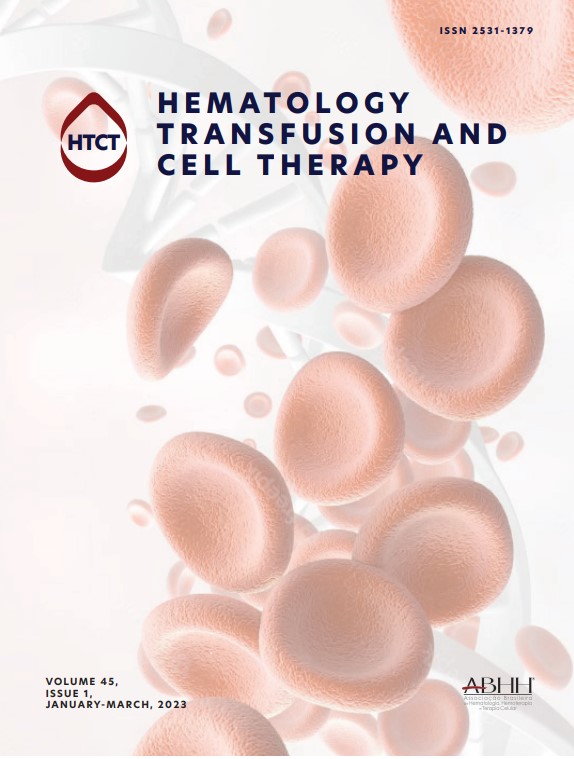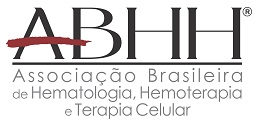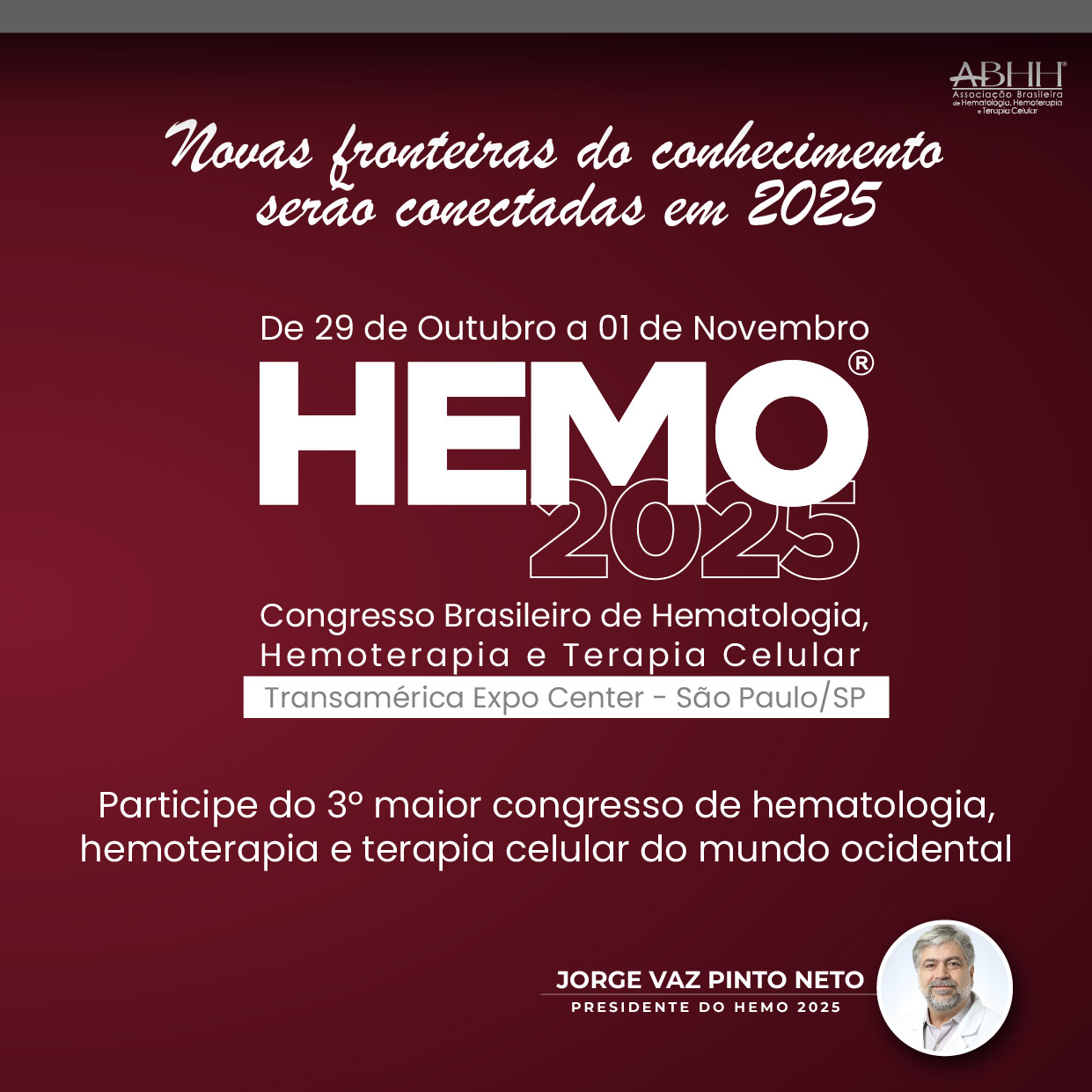Background: The prevalence of blood group antigens and phenotypes vary significantly in Brazil. Our multi-ethnic population has derived from Europeans, Africans and Indians. Each region of the country has predominance of one of these populations and therefore specific blood group types may arise in some regions. Collaborations between local and regional rare donor programs and the creation of the national registry have helped us to meet the needs of patients with rare blood group types. However, to ensure an adequate rare blood supply, it is crucial to establish local and regional rare donor searches and registries. Our blood center is situated in the South of Brazil, a region with predominance of Europeans descendants. In 2011, we started a local rare donor program in our Institution to identify the rare blood types characteristic of this region. Aim: The aim of this study was to create a database of rare blood types in the northern region of Rio Grande do Sul state, Brazil. Methods: From November 2011 to December 2018, phenotyping and genotyping were performed for common and high frequency antigens in donors and patients from our institution. Results: During the period of this study, 17 patients and 33 blood donors with rare phenotypes were identified. Nine patients were already alloimmunized. Negative phenotypes for high frequency antigens found in patients were Yt (a-), Jk(a–b-), Lua(a–b-), Oh (O Bombay), Tc(a-), k–and Fy(a–b-). Among the donors, Kp(a-b–), Fy(a–b-), Lu(a–b-) and k- phenotypes were identified. Interestingly, we also found 5 donors with the weak D type 18 phenotype. Although the most frequent phenotypic combinations with the lack of common antigens found in patients and donors were R1R1, R2R2 and rr K-, Fy(a-), Jk(a-), S- we found more patients than donors with these combinations. Conclusion: Our results show that the rare blood types found in our region are predominant of European population. This finding differs from the other states and regions in Brazil where miscegenation between Europeans, Africans and Indians is greater. This study showed the complexity of transfusion support in patients with rare phenotypes and the importance of continuous investment in red cell phenotyping and genotyping in different regions. It is still important to emphasize that there are patients who do not have compatible donors, with the need to intensify strategies in specific regions of the country, such as the creation of a local database, for early identification and support with alternative approaches when necessary for patients with rare blood types.
The Impact Factor measures the average number of citations received in a particular year by papers published in the journal during the two preceding years.
© Clarivate Analytics, Journal Citation Reports 2025
SRJ is a prestige metric based on the idea that not all citations are the same. SJR uses a similar algorithm as the Google page rank; it provides a quantitative and qualitative measure of the journal's impact.
See moreSNIP measures contextual citation impact by wighting citations based on the total number of citations in a subject field.
See more



